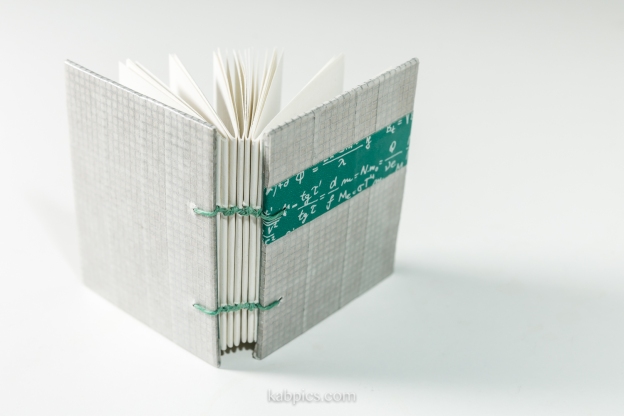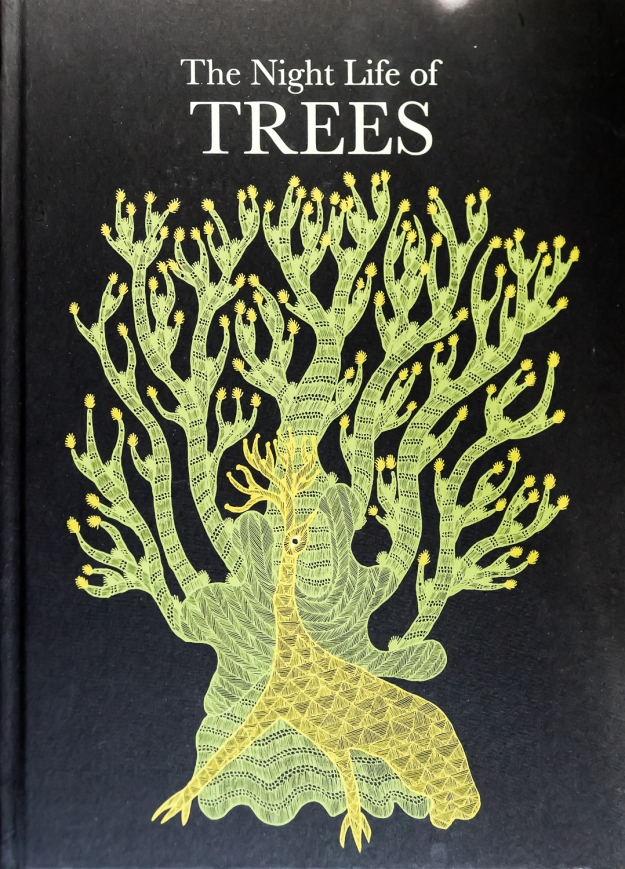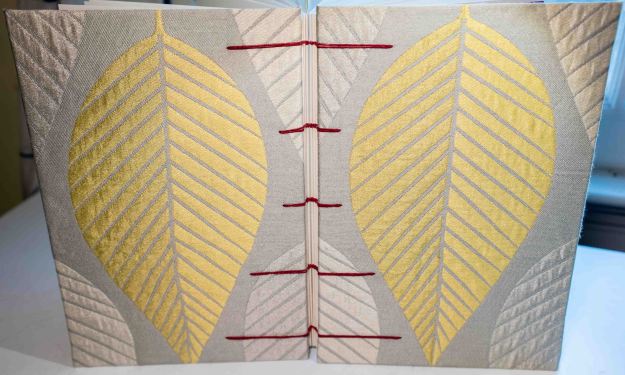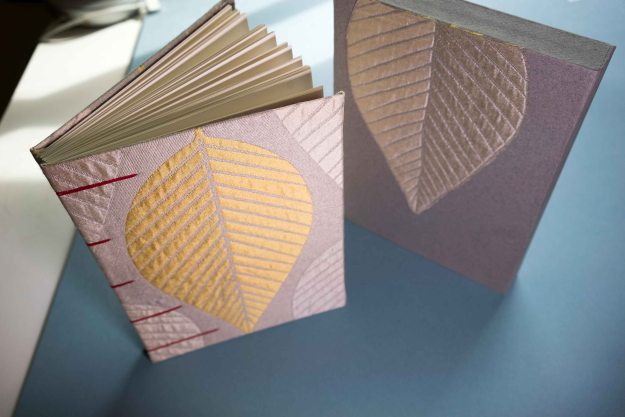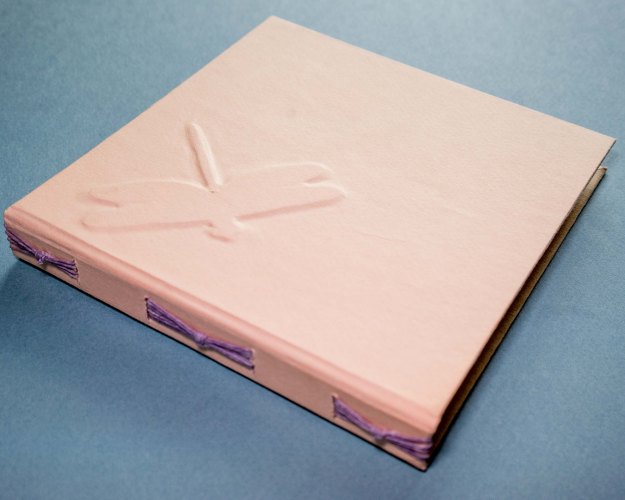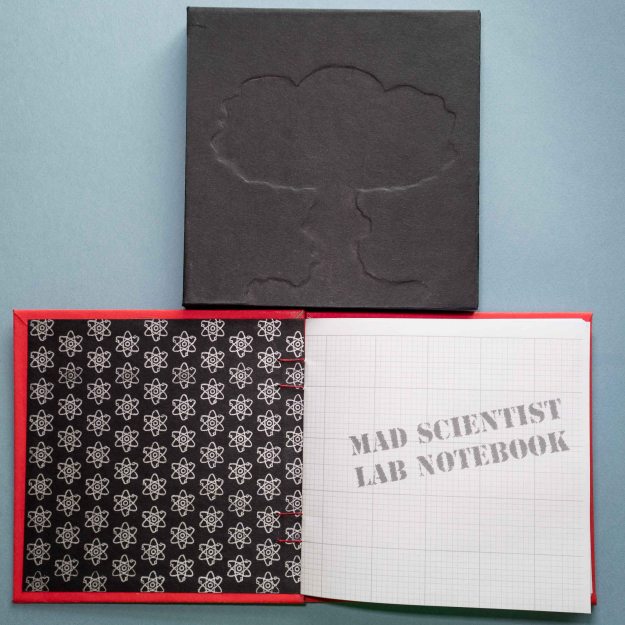Note: in this review, I mostly limit comments to the intro and first chapter (65 pages in this case).
Rating: 1.5/5 stars
Architects of Emortality by Brian Stableford is the fourth book of the Emortality series and my first Stableford book. I am still unclear on the significance of “emortal” versus “immortal”, but otherwise, the book stood alone without reading the first three books. Architects of Emortality is set in the late 2400s. Life can be extended via technology, but for most, 200 years is roughly the limit. Due to a recent technological advancements, the next generation may be immortal, but only those treated before birth can partake. The book opens with a murder and the subsequent investigation of that murder.
Architects of Emortality had interesting world-building and intriguing ideas, but it had three big flaws: 1) the characters were flat and uninteresting, 2) the language was distracting, and 3) the female roles flat-out sucked. Not every sci-fi reader cares as much about character development as I do; if you enjoy big worlds with far-reaching ideas, this may very well be a book you will enjoy. For me, it felt out-of-date though it’s only from 1999.
The book opens with investigator Charlotte Holmes at the scene of Gabriel King’s murder. His murder is unusual; murders are uncommon in this future, and King has been consumed by flowers clean down to the bone. Video shows that a beautiful young woman visited just before the murder, bearing unusual flowers. Holmes, the protagonist, is a young sergeant and assistant to Hal Watson, who investigates from afar using the resources of the web. A minor spoiler: Holmes does nothing but fret about her limits as an investigator; she travels and observes but never acts. Her uselessness fuels complaints #1 and #3, above. Stableford draws attention to the fact that she is Charlotte Holmes by having a Watson. A famously clever investigator’s name suggests that Holmes will be at the center of solving the murder mystery, and that she will be clever. Neither is true. Most of the insights come from Oscar Wilde, a flamboyant flower designer with ties to the murder who travels with Holmes during the investigation. Holmes is an appendage to whom Wilde muses.
Other than Holmes, the only significant woman in the book is the murderess. We learn little about her; she is beautiful and young and acting on the behalf of someone else. All other significant characters are men; they are mostly experts of various kinds. Where Holmes is insecure and a hard-nosed investigator and little else, Oscar Wilde enjoys 19th century literature, designs flowers, and is beautiful, vain, and eccentric. He has opinions about everything, and he likes to make people uncomfortable with those opinions. He is better characterized than Holmes, but still a bit flat. If I imagined a future botanist version based on my thin knowledge of 19th century Oscar Wilde, this Oscar Wilde is about what I’d imagine. But he is still infinitely more rich than Holmes.
That pretty well covers my first and third complaints about the book. Finally, I found the language in this book excessively self-aware, and at times plain obnoxious. Instead of engaging in the story, I was rolling my eyes at word choice. I dog-eared the worst example from about halfway through the book (not a spoiler):
“I saw it,” Charlotte said wearily. “Was there something significant I should have taken note of?” She knew that she ought not to end sentences with prepositions, but thought that the stress of the situation made the infelicity forgivable.
This occurs immediately after the characters have had a brush with death. Not only is the preposition rule a garbage grammar rule cribbed from Latin, who cares at such a time? The quote above is just the most egregious example of pompous language undercutting the impact of events in the book. Only one line of dialogue earlier she is described as “profoundly shaken.” Also, to describe near-death as “infelicity”… I had to put the book down for a bit.
On a final positive note, the ideas in the book are rich and passionate, which is why I gave it 1.5 instead of 1 stars. These ideas include longevity technology, artistic expression, bio-engineering, what a far-reaching future might look like, and how people might find identity in a far future. It also explored how people handle death, how the media might look in a distant future, what our current tendencies toward oligarchy might lead to, what a crime might be in the future, and what nature might be in the future. Truly, it covers a lot of bases conceptually. But for me, it was on the back of lackluster characters with distracting language. I felt that the author cared far more about the concepts than his vehicles for breathing life into them. The useless female characters also damaged the sense of futurism; an avid fan of classic scifi learns to forgive empty doe-eyed ladies in 60s novels, but in a novel written in 1999 that’s just too much. I won’t be looking for Stableford in my reading future.





